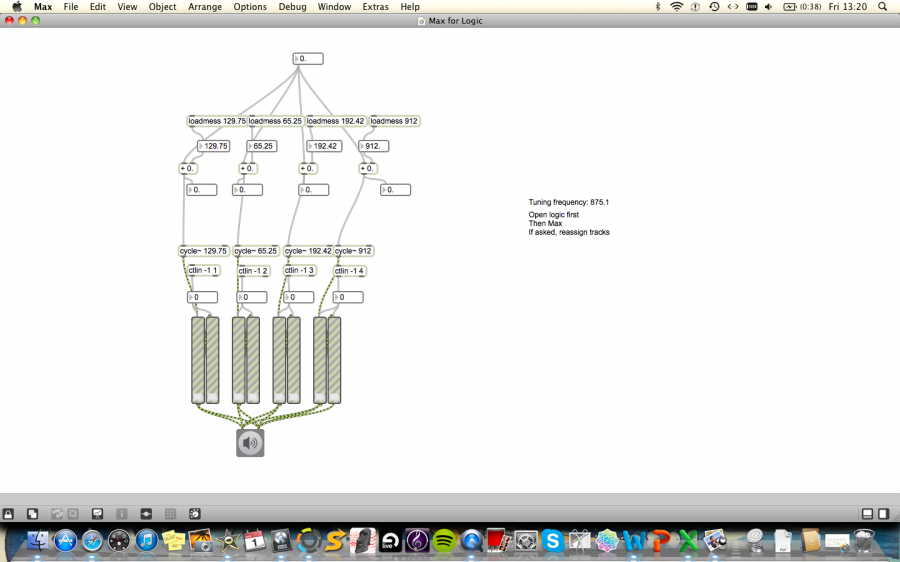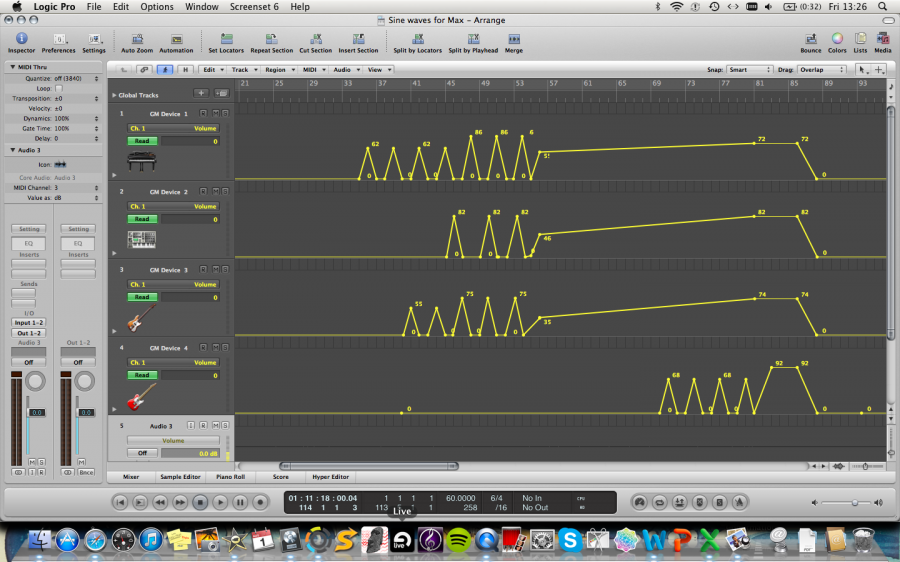A feminist organ
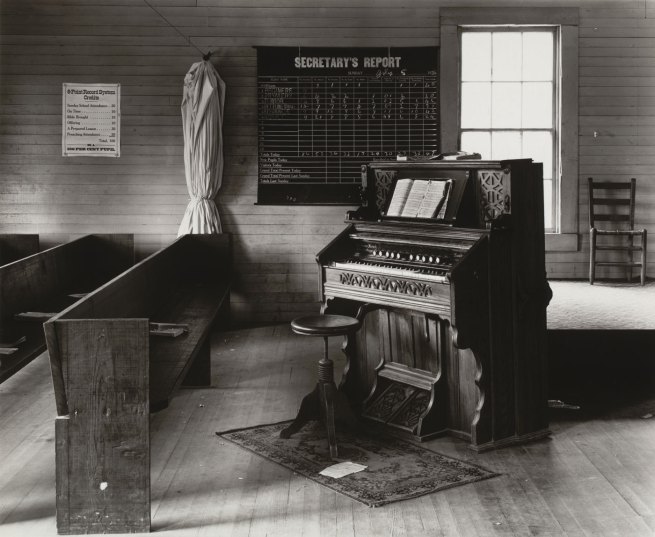
This post documents the process behind my piece for organ and sine waves entitled Truisms (enjoy yourself because you can’t change anything anyway) which was performed at the Royal Festival Hall on 30th March 2014. To listen to the piece and see a sample of the score, see here.
There are certain parts of the world of classical music that I find deeply intimidating. I won’t be listing them here (never reveal what you think you don’t know) but it is safe to say that my difficulty with the organ is up there with the best of them. It is not just the complexity of the instrument that I felt alienated from but the whole culture in which it exists; populated by old men in tweed suits and a soundworld steeped in the history and patriarchy of the church. Thus, when I was appointed as one of two Embedded composers in residence at the Southbank Centre, with the initial engagement of writing a piece for organ to feature in the Pull Out All the Stops festival, I was incredibly doubtful as to whether I could produce anything at all, let alone something of artistic value.
I felt alienated from the world of the organ…populated by old men in tweed suits and a soundworld steeped in the history and patriarchy of the church
The best piece of advice I have ever been given as a composer seems, at first glance, to be an obvious statement of fact. But it is this guidance that has helped me through commissions like this one in which I initially felt unable to conceive of producing anything at all. Thus I am forced to remind myself that you can only ever produce something of which you are capable. You can only ever write as you, and thus whatever you produce will only ever be a reflection of your social position and artistic voice. That is, my piece will, by its very essence, represent some kind of opposition to these institutions from which I feel entirely disconnected. It will be a feminist piece for organ. With this in mind, it is more difficult – although certainly not impossible – to remain intimidated by great institutions of classical music, such as the organ, and their deeply historical, masculinised traditions. By accepting that I will never be truly part of the game, I feel somewhat liberated in just being myself.
Thus it was through electronics that I began to find some connection with the organ. As a young composer I found the discovery of electronics to be completely liberating, allowing me to reproduce the sonic landscapes I had in my head long before I had the technical skills or knowledge to write for acoustic instruments. Because of this, I often find that it is to electronic soundworlds that I return in times of doubt or difficulty. Imagine my delight, therefore, when I discovered that organs, through manipulating the relationship between fundamentals and their partials through additive and subtractive synthesis, basically function as huge, pre-electronic synthesisers. It was through this discovery that I encountered another unique aspect of the organ that would become the basis for my piece.
You can only ever write as you, and thus whatever you produce will only ever be a reflection of your social position and artistic voice.
Finding a connection with the organ through electronics
Because the organ has the unique ability to produce a wide variety of textures from a single instrument, and since texture in music is based on differing arrangements of partials to their harmonics, the organ naturally produces a phenomenon called acoustic beating. Acoustic beating occurs when two sounds with very similar frequencies are heard simultanously. Since, the human ear cannot discern them as distinct sounds – their frequency relationship being too close – we hear them both as one sound within which rhythmic beating occurs. The reason this is particular to the organ is because the instrument contains stops with a broad range of frequencies, some of which are significantly sharper or flatter than others. And when such stops are played simultaneously, the ear will deduce rhythmic patterns of greater or lesser speed according to the frequency relationship between the sounds. I’ve created a short video below demonstrating the phenomenon of acoustic beating with sine waves (pure sound waves containing only a fundamental and no partials). Listen to the rhythmic beating that occurs as I slowly increase the frequency of one sine wave. This continues until the two sine waves reach about 30 Hz apart when you can start to discern them as two distinct sounds.
It was this unique aspect of the organ that I wanted to explore through my piece and so I set out on a four month journey of spectral analysis and sine wave manipulation. Thus, with the help of Southbank Centre organ scholar Weston Jennings, I recorded a variety of notes and stops on the organ and then carried out a spectral analysis of the frequencies of their fundamentals and partials using the programme Audio Sculpt. This left me with lists and lists of data which for some time I struggled to translate in any meaningful and artistic way.
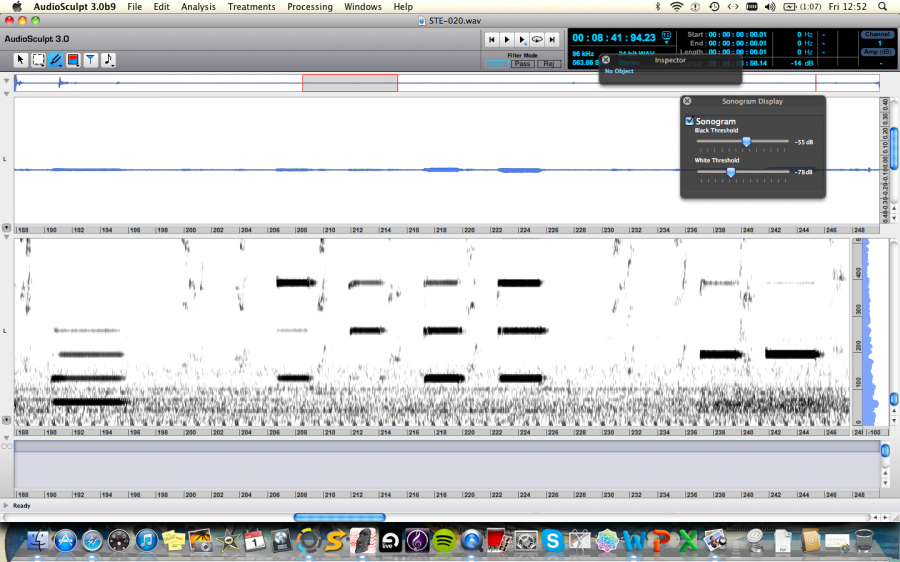 A screenshot of Audio Sculpt. The upper section shows the original audio file in blue while the lower half of the screen shows the fundamental and partials contained within the sound which can then be analysed for their frequencies.
A screenshot of Audio Sculpt. The upper section shows the original audio file in blue while the lower half of the screen shows the fundamental and partials contained within the sound which can then be analysed for their frequencies.
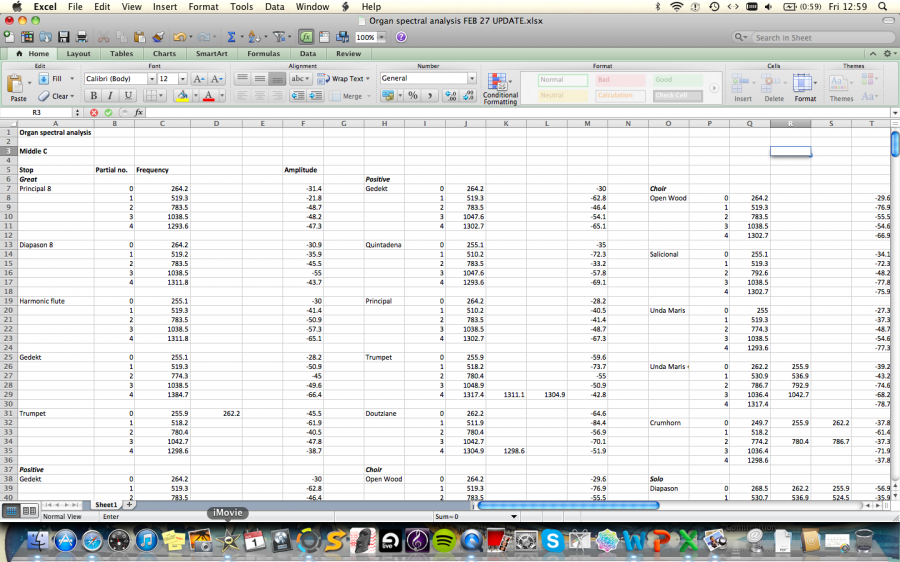 Some of the data collected from my preliminary organ recordings
Some of the data collected from my preliminary organ recordings
Battling with the data
Eventually, after much experimentation and no less than five different versions of the score, I produced a drone piece in which long held notes on the organ were juxtaposed with sine waves with frequency relationships specifically chosen to create particular beating patterns throughout. Through my research I found that audiences are particularly sensitive to melodic or harmonic changes in a piece and much less so to timbral or rhythmic occurences. Thus when a new note is introduced it tends to obscure other, more intricate changes that may be occuring at the same time. As a result of this, I decided to use only three notes in the piece in order to encourage the audience to focus in on the intricate beating relationships that were occuring. These notes were all taken from the harmonic series, making use of the fundamental, 1st, 2nd and 3rd partials because of their particular frequency relationships to each other.
After having based the entirety of my piece on very accurate mathematical data regarding frequency relationships, I later found out that the frequency of the organ as a whole can fluctuate by up to 10Hz according to the temperature of the room. As a result, I produced a Max patch which would automatically alter the sine wave frequencies from my original calculations. This meant that if our tuning pipe was measured at 880 on performance day (when all calculations were based on it as 875.1), I simply typed 4.9 into the number box at the top and the patch would automatically alter all sine wave frequencies to fit with the new tuning of the organ. This Max patch then produced all the sine waves in the piece and fed into a Logic file which controlled all automation data.
The Max patch controlling sine wave frequencies
The Logic file controlling all automation data
Reflections on the organ and feminism
The premier performance took place on 30th March 2014 at the Royal Festival Hall. It was a strange crowd (more on that here) but I was delighted with the piece, probably because I managed to create something that was absolutely true to me as an artist despite operating in a world in which I felt really unstable. The piece also represented my first foray into the world of psychoacoustics, an area by which I am now fascinated and hope to explore a great deal more. In many ways, I view the piece I wrote as a feminist challenge to the organ and all it represents, even inspite of the irony of claiming as feminist a piece so deeply entrenched in mathematics and technology – two areas of knowledge with historically masculinised connotations.
I view the piece I wrote as a feminist challenge to the organ and all it represents
I feel very acutely the intense masculinity of the world of contemporary music in which we are still experiencing ‘firsts’ for women in the 21st century (congratulations Judith Weir and Marin Alsop). These power relations which produce men as the great creators and interpreters of music coalesce in particularly dense ways around certain roles (the conductor and composer), genres (high-modernism and computer music) and, in my view, around particular instruments too. By overcoming the challenges of the organ, an instrument whose history is deeply intertwined with the conservative, masculine traditions of Western classical music, I feel that I have in some small way produced a counter discourse to those narratives that obscure art produced by women. On a more practical level, my piece was deeply inspired by women, drawing greatly from mentoring sessions with two great female musicians, the academic and organist Lauren Redhead and the composer Joanna Bailie and taking its title from work by the great American conceptual artist Jenny Holzer. For all these reasons – at once practical, personal and discursive – Truisms is fundamentally about my experience as a woman in an industry dominated by men, and is therefore by its very essence a feminist challenge.
Truisms can be listened to here.

